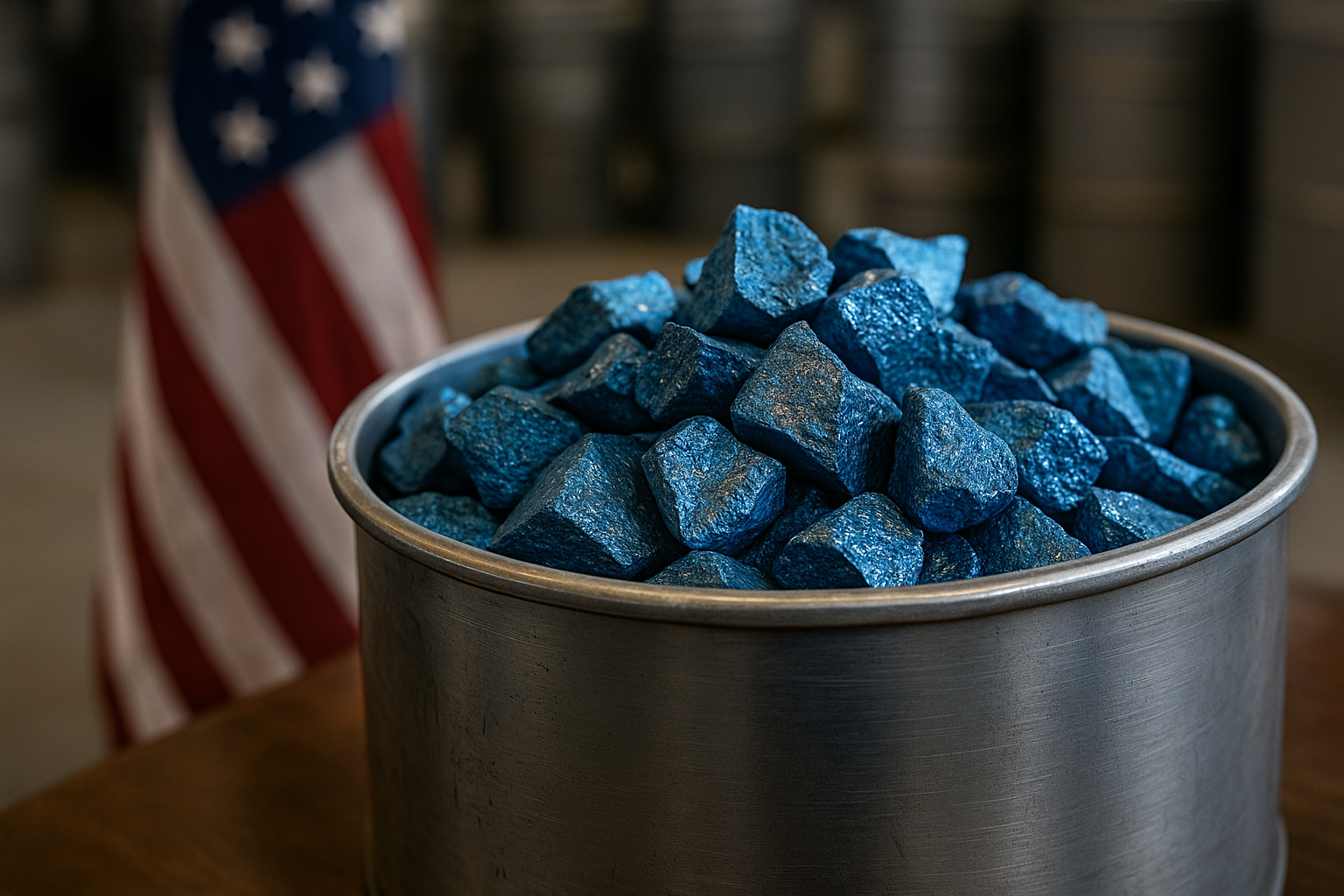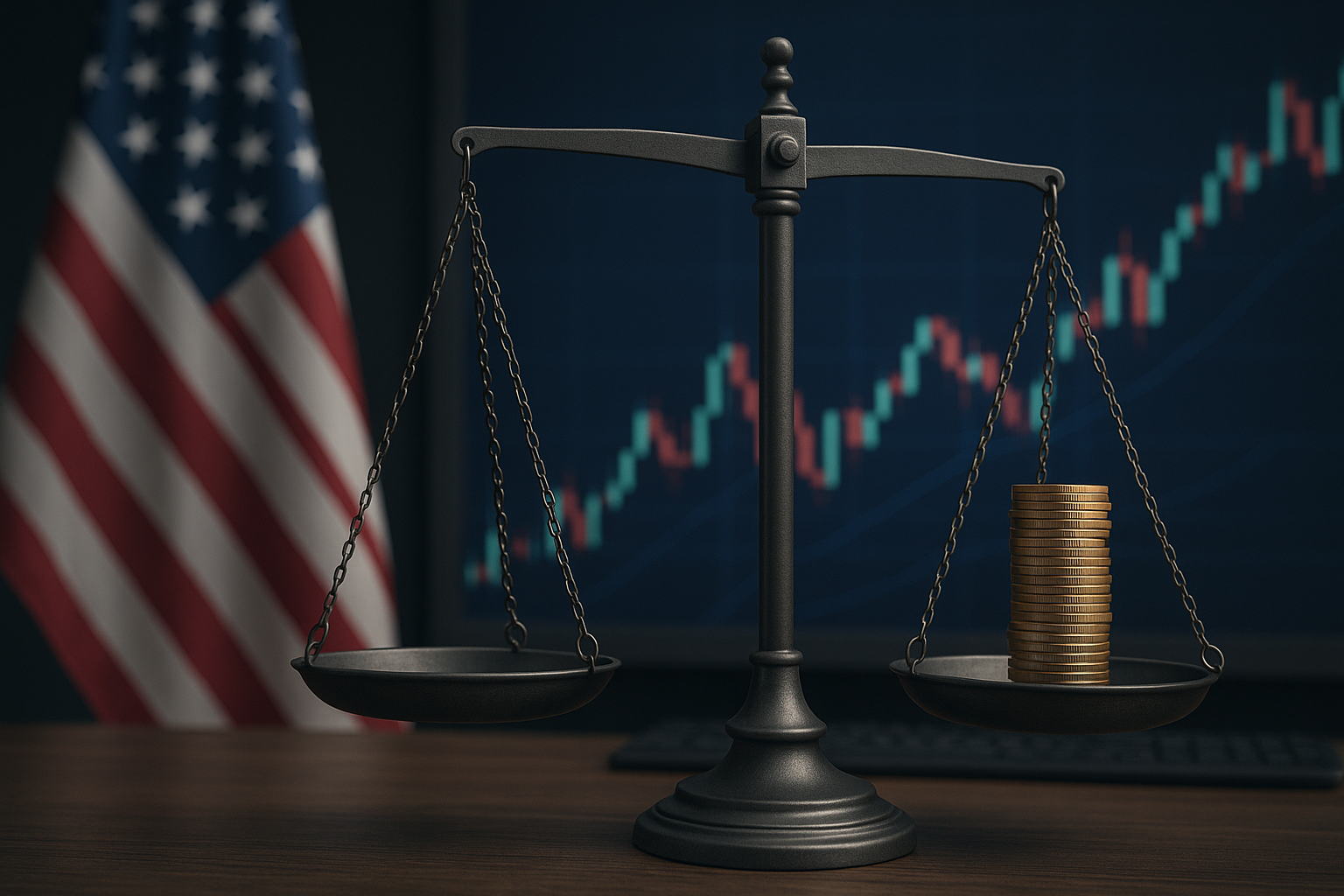In a significant development for the global clean energy transition, the state of Victoria has approved the Wimmera rare-earths project, backed by Astron Corporation and Energy Fuels Inc. This decision marks a pivotal milestone for Western critical minerals independence, targeting the production of 7,000–8,000 tonnes per annum of neodymium and praseodymium (NdPr)—essential elements in EV motors, wind turbines, and military technologies.
The approval sends a strong signal to markets: Western nations are accelerating upstream rare-earth development to reduce dependency on China, which currently controls over 80% of global rare-earth processing.
Strategic Minerals for Strategic Industries
The Wimmera project, located in Australia’s mineral-rich Murray Basin, is expected to be a cornerstone in the Western supply chain for rare earths, particularly NdPr oxides, which are vital for permanent magnets used in electric vehicle drivetrains and renewable energy infrastructure.
Astron’s JV partner, Energy Fuels Inc. (NYSE American: UUUU)—a U.S.-based uranium and rare-earth producer—has confirmed it will process the concentrate at its White Mesa Mill in Utah, creating a fully integrated Western supply chain. This is a strategic advantage in light of geopolitical tensions, given the U.S. and its allies are seeking to de-risk supply chains from China’s near-monopoly.
According to Reuters (June 24, 2025), the mine could be operational by 2027, contributing materially to global NdPr output and directly supporting clean energy and defense industries.
Why This Matters for Investors
Rare-earths, once a niche mining interest, are now squarely in the spotlight as demand from EVs, wind turbines, and AI hardware continues to rise. Neodymium and praseodymium magnets are not just critical—they are irreplaceable in many applications.
With the Wimmera project getting the green light, it opens the door for re-rating of Western junior and mid-tier rare-earth miners, especially those with proximity to developed markets or processing capacity. Projects with low CAPEX, government support, or downstream partnerships will now command investor attention.
According to BloombergNEF, demand for NdPr will triple by 2035, driven by the shift to electric mobility and renewable grid-scale generation. However, supply gaps remain due to environmental and political constraints in China, increasing the strategic premium on Western-developed sources.
Future Trends to Watch
1. Rising Strategic Importance of Rare-Earths
From U.S. defense procurement to the EU’s Critical Raw Materials Act, governments are fast-tracking support for rare-earth supply chains. Expect increased subsidies, public-private partnerships, and favorable permitting environments for qualified mining ventures.
2. Royalty Models and Streaming Opportunities
With high upfront CAPEX and long lead times, royalty and streaming companies (e.g., Franco-Nevada-style models for industrial metals) may emerge as a more flexible investment route into the rare-earth boom.
3. Integrated Processing & Recycling
Beyond mining, processing capacity and rare-earth recycling technologies are gaining investor interest. Companies capable of separating and refining rare-earth oxides in-country will benefit from policy tailwinds, including tax credits and defense-related procurement contracts.
Credible References & Market Indicators
- Reuters, “Australia Approves Wimmera Rare-Earths Project in Clean Energy Push,” June 24, 2025
- BloombergNEF, “Rare-Earth Demand Outlook 2025–2040,” Q2 2025
- Energy Fuels Inc. Investor Presentation, June 2025
- Australian Government Critical Minerals Strategy 2023–2030
Key Investment Insight
With rare-earths positioned at the crossroads of energy, defense, and technology, the Wimmera approval is not just a win for Australia—but a catalyst for a broader investor shift toward upstream critical minerals exposure in Western jurisdictions.
Investors should consider:
- Junior and mid-cap miners with rare-earth reserves and favorable geography
- Royalty/streaming companies entering the critical minerals space
- ETFs or thematic funds tied to EV components and strategic metals
Stay alert for policy shifts, CAPEX announcements, and new offtake agreements—as these will likely drive valuation rerates in the months ahead.
For full-spectrum investor coverage of energy transition materials, mining policy shifts, and critical supply chain updates, rely on MoneyNews.Today—your daily edge in the global investment landscape.





